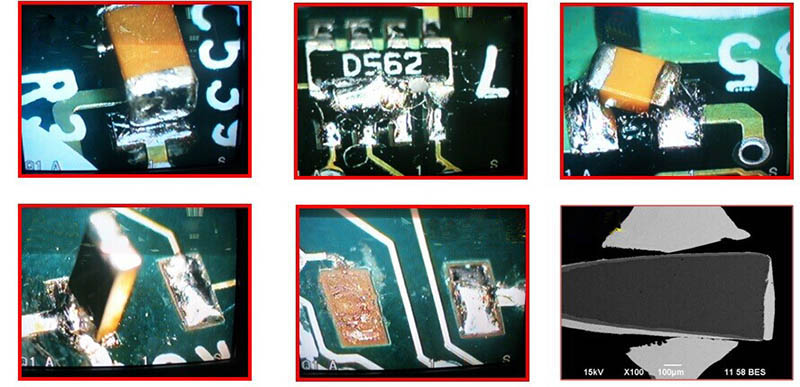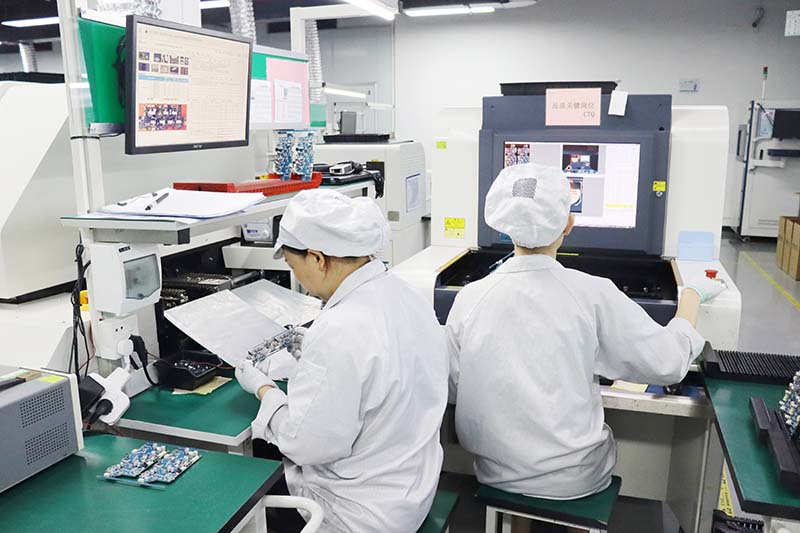Welding is an indispensable part of PCBA processing, however, in the welding process there may be a variety of welding defects, affecting the quality and stability of the circuit board. In this paper, we will focus on the analysis of PCBA processing welding defects, including the type of welding defects, cause analysis and prevention and solution methods.

1、The type of welding defects
In PCBA processing, common types of welding defects include:
Void welding: no solder on the surface of the solder joint or insufficient amount of solder, resulting in poor contact with the solder joint.
Welding bubbles: the welding process produces air bubbles, affecting the quality of the solder joint connection.
Misalignment: the position of the solder joints does not match the design, resulting in wrong connection or short circuit.
Excessive welding: Excessive heating during the welding process, resulting in excessive melting or charring of the solder joints.
Cold welding: insufficient welding temperature, resulting in welded joints are not completely melted or bonding is not strong.
2、Causes analysis
The causes of welding defects mainly include the following points:
Improper welding temperature: welding temperature is too high or too low will lead to welding defects, need to control the welding temperature.
Welding time is too long or too short: welding time is too long will lead to excessive melting of the joints, time is too short, the joints are not completely melted, will affect the welding quality.
Solder quality problems: the use of poor quality solder or improper storage of solder will also lead to welding defects.
Welding process is unreasonable: process parameters are not set up properly or operation is not standardised will affect the welding quality.
Environmental factors: environmental temperature, humidity and other factors will also have an impact on the welding quality.

3、Prevention and solution
In order to prevent and solve welding defects, the following measures can be taken:
3.1 Control welding parameters
Reasonable setting of welding temperature, time, pressure and other parameters to ensure a stable and reliable welding process.
3.2 Use high-quality materials
Choose high-quality solder and welding tools to ensure reliable welding quality.
3.3 Enhance the operation specification
Enhance staff training, improve operation specification, and reduce the influence of human factors on welding quality.
3.4 Regular inspection of equipment
Regularly check and maintain the welding equipment to ensure that the equipment is in good working condition.
3.5 Strengthen quality control
Establish a perfect quality control system to strictly monitor and check the welding process.
Conclusion
Welding defects is a common quality problem in PCBA processing, through the analysis of the type of welding defects, cause analysis, as well as prevention and solution methods, can effectively improve the welding quality to ensure the reliability and stability of the circuit board. Strengthening the management and control of the welding process, training the professional competence of technicians, and improving the quality control system will help to promote the PCBA processing industry to a more stable and reliable direction.


